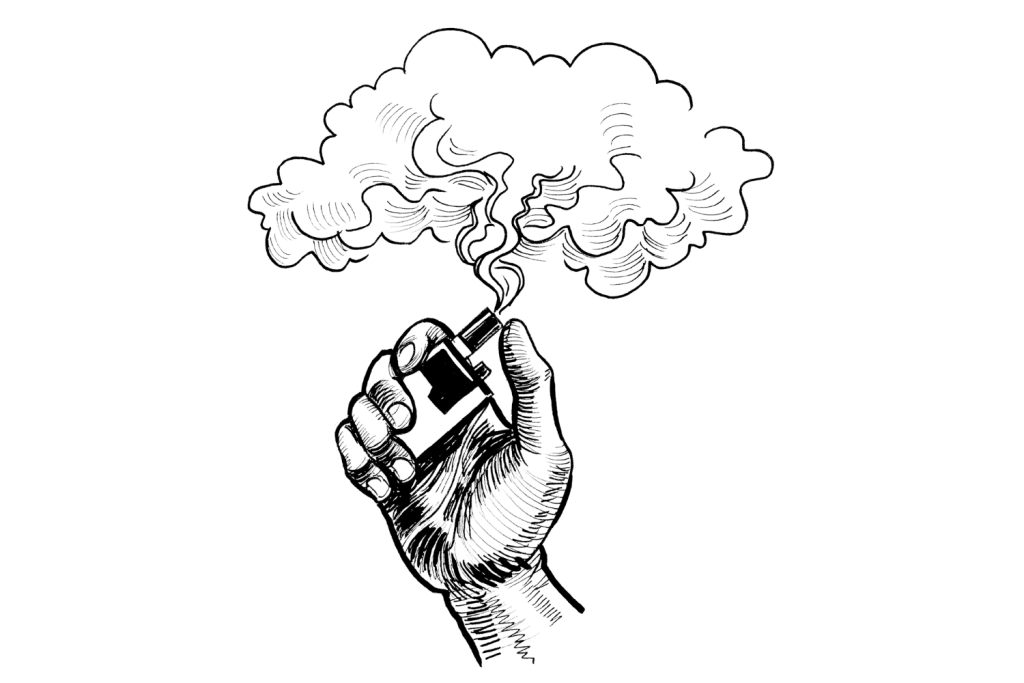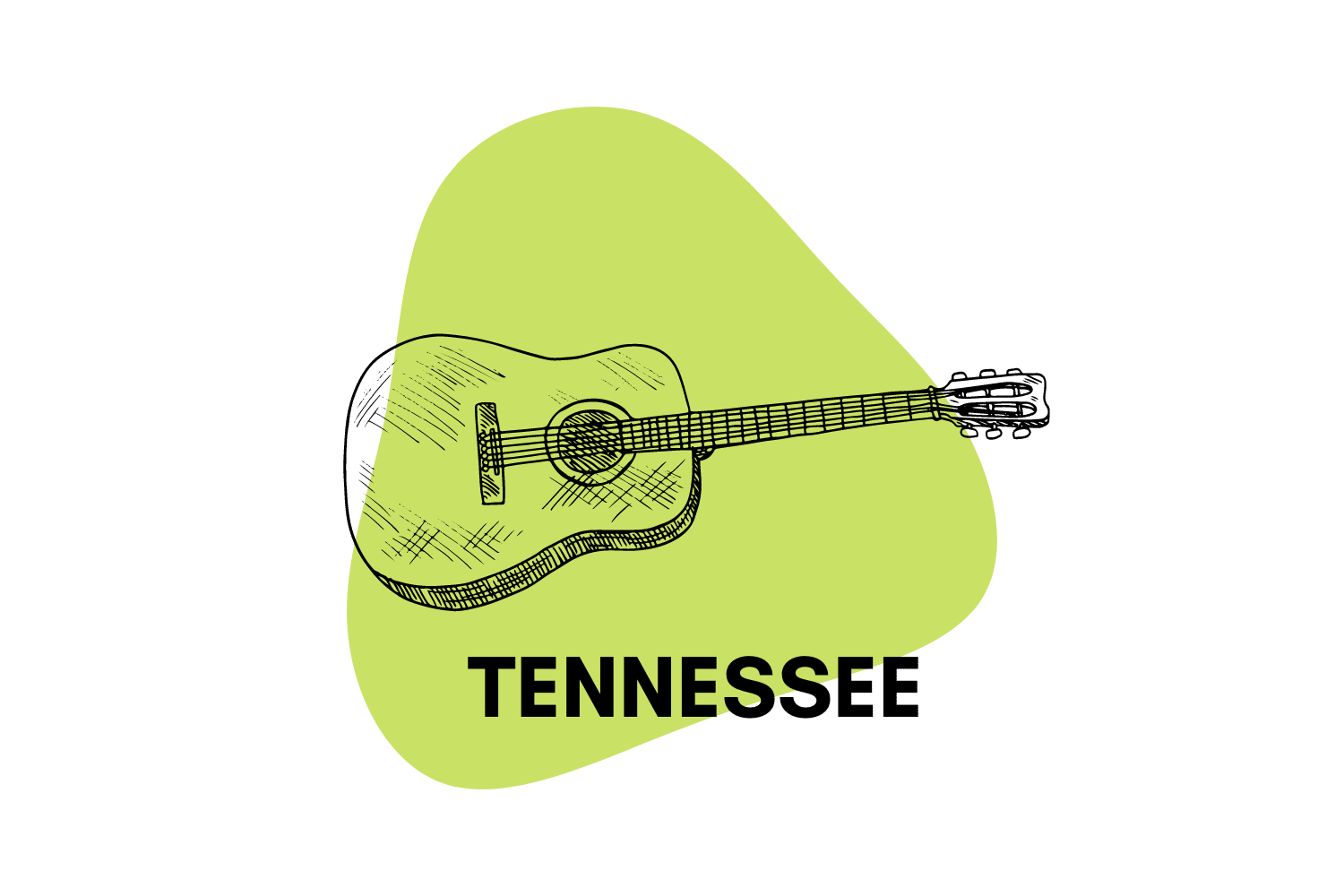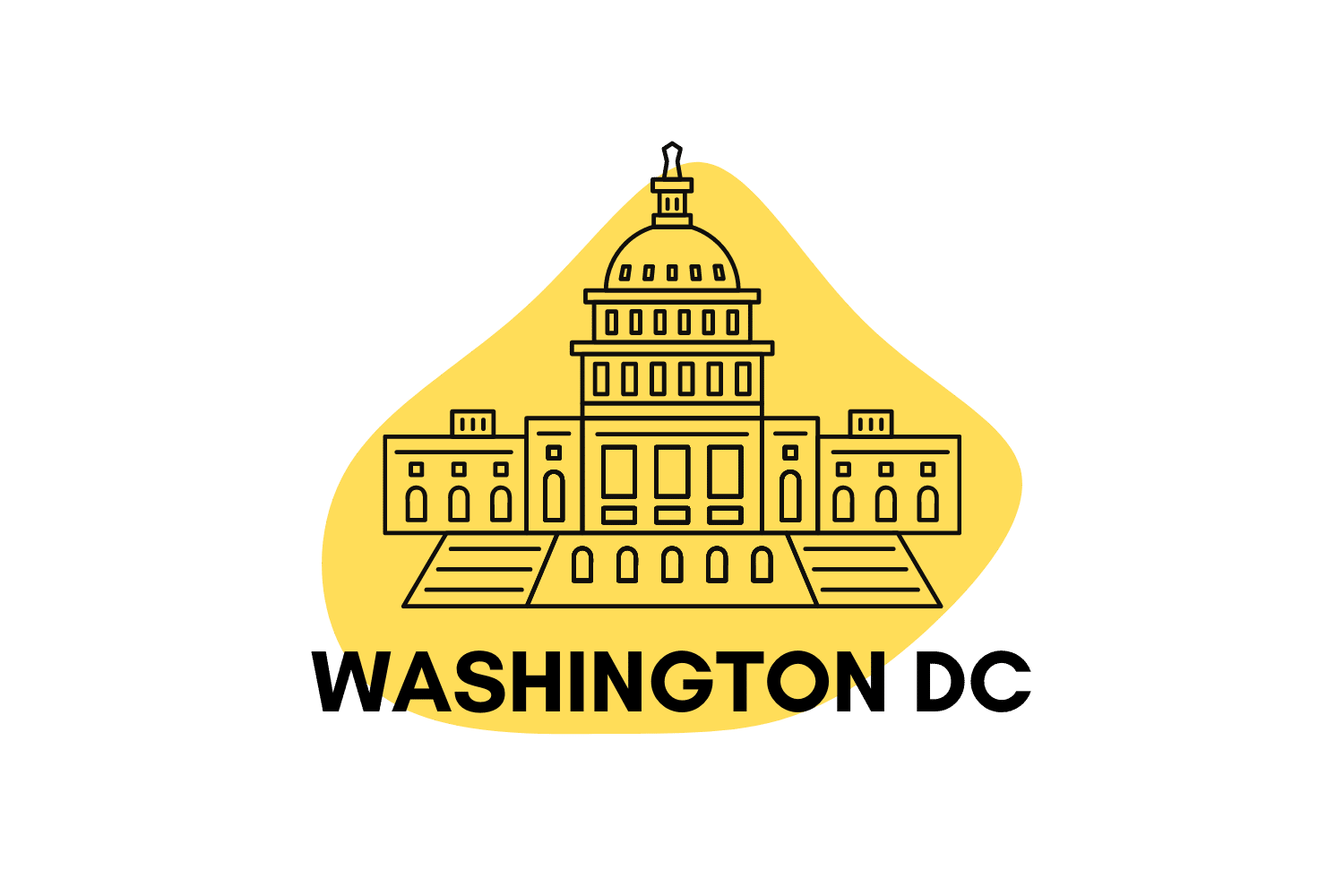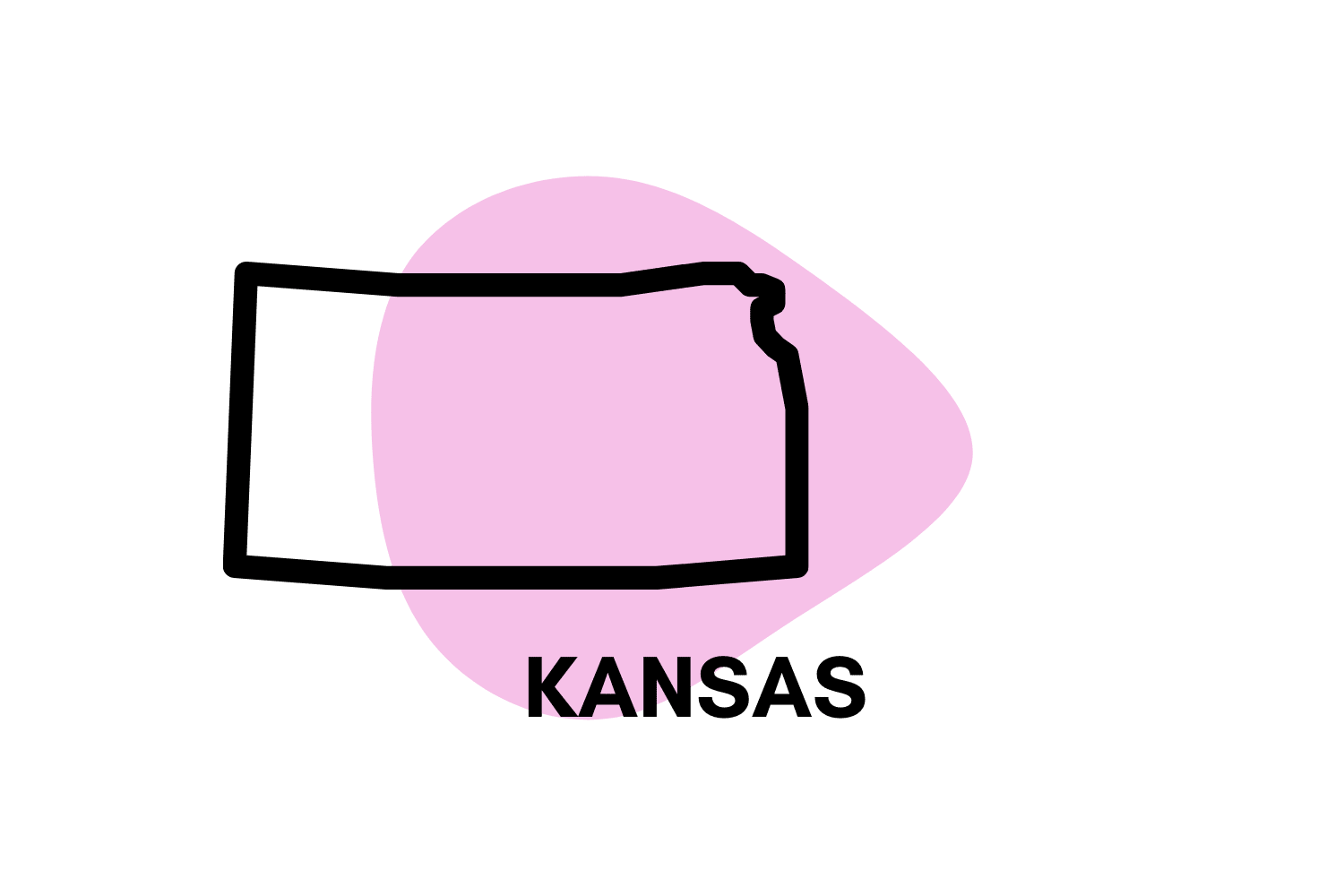The Colossal Failure of the California Vape Ban
California joins the ranks of states that have banned the sale of flavored tobacco products. Having recently enacted the measure, it can potentially steer tobacco users back toward more harmful products.

California stores can no longer sell flavored tobacco and vape products as of December 21, 2022. This makes them the second state in the country — Massachusetts being the first — to take such a step.
The passage of Proposition 31 has received negative attention from harm reduction advocates and has others questioning how the government could even enforce it.
Regardless of people’s opinions on vaping in general, it seems common sense that it’s less harmful than smoking cigarettes or chewing tobacco.
Why, then, did the state aim specifically at this less harmful method of consumption?
Related: Drug Policy & Decriminalization in California (2023)
What is the California Vape Ban?
The primary purpose of this law is to restrict the sale of flavored tobacco products. Included are several less harmful ways people try to consume tobacco, including vapes and snus.
In addition, the ban applies to mentholated cigarettes and cigarillos. Interestingly, the law does not apply to “flavored premium cigars with a wholesale price (retailer’s purchase price) of $12.00 or more.”
This means that, while the common flavored tobacco items of Black N’ Mild, Swisher Sweet, and White Owl aren’t available, you can purchase premium cigars with flavoring. You can draw your own conclusions on the implications of that.
Violations by retailers could result in fines of up to $250 per offense.
California Vape Ban Timeline
Senate Bill No. 793 first went through in August of 2020 to prohibit “a tobacco retailer, or any of the tobacco retailer’s agents or employees from selling …a flavored tobacco product.”
Immediately, retailers got to work getting rid of their products until a pause in enforcement came.
Legal challenges by tobacco companies opened up a period of uncertainty lasting for two years. Only now was the California government able to schedule a vote and finally put the matter to rest.
Prop. 31 put the issue in front of voters, and, as expected, they voted in favor of it. It’s not a surprise, given the narrative the media has formed around the proposition.
This timeline and the proponents on either side have framed this issue mainly around tobacco companies and concerned parents. Billionaire Michael Bloomberg was the main character behind the fight for this ban, but he was hardly the protagonist they put up front.
San Francisco’s local news source, SFGATE, recently revealed Bloomberg “almost single-handedly” bankrolled the proposition. They found he contributed $15.3 million — just $2 million shy of the entire fundraising effort — in favor of its passage.
This amount dwarfed the “big tobacco companies,” which gave under $2 million in total. Yet stories like the one in the New York Times center their story around the unlikely battle against the gigantic tobacco corporations.
Foundational Problems With the California Vape Ban
Harm reduction advocates oppose the ban for a myriad of reasons. The main claim of the bill centers around stopping tobacco companies from marketing their products to children.
The implication is that adults are less likely to want to try a flavored tobacco product. In reality, vaping is the number one way people try to quit using more harmful options like cigarettes or chewing tobacco [1].
Flavorings in vapes do help in making them more appealing to this crowd, which now may largely convert back to their previous choices. Vaping is undeniably less harmful than other nicotine consumption methods and, some would argue, a method of tobacco harm reduction.
Pushing users back to options with more toxins and carcinogens is an objectively bad way to treat the situation.
Those who do not switch to traditional tobacco products may search for other options on the black market. Doing so could result in a loss of purity, potency, and safety that was previously available before the ban.

Racial Discrepancies in the California Vape Ban
This legislation doesn’t just ban flavored vapes; it also targets mentholated cigarettes. The reasons for this center around a disproportionate amount of African-Americans consuming menthol options.
According to a 2010 study, African-American smokers smoked nearly ten times as many menthol cigarettes as non-menthol smokers [2]. The claim — with evidence — is that tobacco companies unfairly targeted African-American and Hispanic smokers with menthol products.
Regardless of the initial inspiration to begin smoking, taking away this option also disproportionately affects the same population.
So now black and Hispanic smokers find themselves unequally forced to either:
- Switch to a product they don’t like
- Seek out illegal sources for the product they want
- Otherwise, suffer for their only crime of receiving influence from unfair marketing practices
This does nothing to address the problematic practices of tobacco corporations or the racial disparities in their marketing.

Alternatives to Banning Tobacco Flavors
There are steps to take if the goal is to reduce the number of young people who are influenced to use tobacco. The marketing efforts by tobacco companies targeting youth are absolutely worth looking at.
One study showed that vaping advertisements reached an all-time high in 2019 [3]. One way marketers get around direct advertising is product placement in television programs appealing to youth — the TV show Euphoria being an example.
As some are quick to point out, advertisements directed toward discouraging tobacco use among youth often do the opposite. Similar to the ineptitude of the DARE program, these advertisements tell kids, “Don’t try to be cool like your friends; don’t vape.”
The problem is — and this shouldn’t shock anyone — most kids enjoy being cool. After learning nothing from the DARE program, anti-tobacco ads have gone head-first into trying to convince kids not to care about popularity.
If these ads were to instead give factual information on the harms of tobacco along with the reasons people typically reach for it, they’d likely find more success. Instead, they’re polarizing the issue and turning it into one that kids can view as a determinate factor of popularity.
There is no reason to decide one way or the other on behalf of the youth about whether smoking is cool.
What Does Prohibition Accomplish?
Tobacco is one of the oldest drugs men have ever utilized. Over time, we’ve developed a list of rules and regulations for using it that society has — more or less — abided by.
Some of the only areas of concern right now are the very ones we have been trying to restrict for decades. Most relevant is the problem of youth using tobacco.
No doubt, it’s unhealthy for children to use tobacco products in any form, but nothing has stopped them from doing so. It may involve stealing cigarettes from a family member or buying a Juul from the gas station that doesn’t ask for identification — they will find a way.
Instead of education, the first choice has always been increasing the grip of prohibition. In this case, the main thing California has taken away from teens is one of the least harmful ways to consume tobacco.
This means it will be far easier for them to get a pack of cigarettes than a can of mentholated snus or flavored vape. As we’ve learned from the war on drugs, those who still seek out the product they were looking for are likely to find less potent, less pure alternatives instead.
The ban doesn’t accomplish its goal because it’s rooted in emotion, not logic.

Conclusion: What’s Next for the California Vape Ban
At this point, there isn’t a next step forward for California in reinstating flavored tobacco products. Tobacco corporations likely won’t give up on the idea of gaining their ability to sell to California back, but it’s unlikely they will be successful.
As it stands, supporting anything related to tobacco is cancerous in society, and it can seem very hard to poke through the emotions surrounding tobacco, nicotine, and addiction. If we could, people would likely see the truth — that prohibition never removes anything from the hands of those who want it.
It only makes it harder to obtain; more likely, what you get will be far worse than what you wanted.
References
- Caraballo, R. S., Shafer, P. R., Patel, D., Davis, K. C., & McAfee, T. A. (2017). Peer reviewed: quit methods used by US adult cigarette smokers, 2014–2016. Preventing chronic disease, 14.
- Rock, V. J., Davis, S. P., Thorne, S. L., Asman, K. J., & Caraballo, R. S. (2010). Menthol cigarette use among racial and ethnic groups in the United States, 2004–2008. Nicotine & Tobacco Research, 12(suppl_2), S117-S124.
- Duan, Z., Wang, Y., Emery, S. L., Chaloupka, F. J., Kim, Y., & Huang, J. (2021). Exposure to e-cigarette TV advertisements among US youth and adults, 2013–2019. PloS one, 16(5), e0251203.








